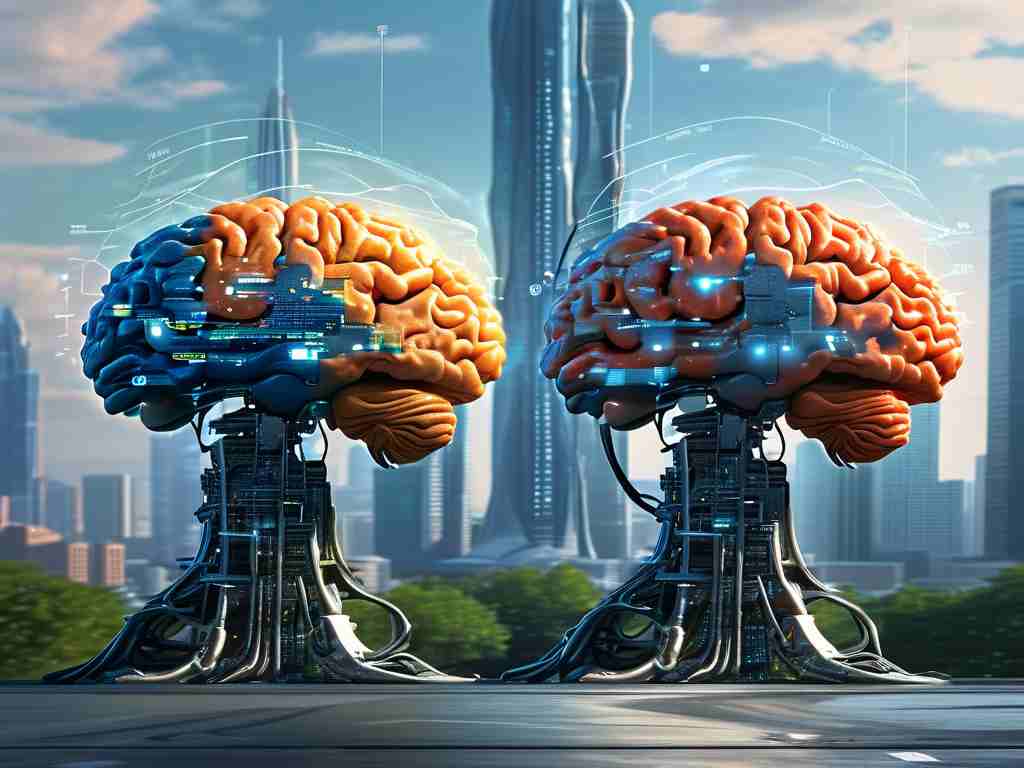The rapid evolution of artificial intelligence has introduced numerous neural network architectures, with generative neural networks (GNNs) and deep neural networks (DNNs) standing out as pivotal innovations. While both fall under the broader umbrella of machine learning, their objectives, structures, and use cases diverge significantly. This article explores whether generative neural networks qualify as a subset of deep neural networks and clarifies their distinct roles in modern AI systems.

Foundational Concepts
Deep neural networks are multilayered computational models inspired by biological neural networks. Their "depth" refers to multiple hidden layers between input and output, enabling hierarchical feature extraction. Common architectures include convolutional neural networks (CNNs) for image processing and recurrent neural networks (RNNs) for sequential data.
Generative neural networks, on the other hand, specialize in creating new data samples resembling training data. Techniques like Generative Adversarial Networks (GANs) and Variational Autoencoders (VAEs) fall into this category. Their primary goal is synthesis rather than classification or prediction.
Architectural Overlaps
At a structural level, most generative models rely on deep neural networks as their backbone. For instance, GANs employ two DNNs—a generator and a discriminator—engaged in adversarial training. This dependency suggests that GNNs often operate as specialized implementations of DNN frameworks. However, not all deep networks possess generative capabilities. A standard CNN used for image recognition lacks the architecture to produce novel images, highlighting a critical functional divide.
Training Paradigms
Both architectures require extensive training data but differ in optimization objectives. DNNs minimize prediction errors through supervised learning, whereas GNNs focus on learning data distributions. A GAN's generator network, for example, iteratively improves its outputs to fool the discriminator, creating a dynamic feedback loop absent in traditional DNN workflows.
Practical Applications
Deep neural networks dominate tasks requiring pattern recognition:
- Medical diagnostics via image analysis
- Financial market forecasting
- Natural language processing for chatbots
Generative models excel in creative domains:
- Art and music generation
- Synthetic dataset creation for training other AI models
- Drug discovery through molecular structure design
This application dichotomy underscores their complementary nature rather than direct competition.
Technical Limitations
While DNNs face challenges like overfitting and interpretability issues, GNNs grapple with mode collapse (where generators produce limited varieties of outputs) and training instability. These unique hurdles necessitate distinct optimization techniques, further differentiating their developmental trajectories.
Industry Adoption Trends
A 2023 survey by AI Research Consortium revealed that 78% of enterprises using DNNs apply them to analytical tasks, while GNN adoption concentrates in R&D departments (62%) and creative industries (29%). This distribution reflects their specialized strengths rather than hierarchical categorization.
Ethical Considerations
Generative models raise novel concerns about deepfakes and intellectual property, requiring governance frameworks beyond those needed for conventional DNNs. Policymakers increasingly recognize this distinction, with the EU's proposed AI Act imposing stricter regulations on synthetic media generation.
Future Convergence
Emerging architectures like diffusion models combine generative capabilities with deep learning's analytical power, blurring traditional boundaries. Such hybrids suggest that future neural networks may seamlessly integrate both functionalities, rendering strict categorization obsolete.
While generative neural networks frequently utilize deep learning architectures, they represent a specialized branch focused on data creation rather than analysis. The relationship parallels how sports cars and trucks both belong to automotive categories but serve different purposes. As AI continues evolving, understanding these distinctions becomes crucial for effective technology deployment across industries.
Developers working with PyTorch or TensorFlow can experiment with both paradigms using similar toolkits:
# Simplified GAN generator using DNN layers
generator = Sequential(
Dense(256, input_dim=100),
LeakyReLU(alpha=0.2),
Dense(512),
LeakyReLU(alpha=0.2),
Dense(784, activation='tanh')
)
This code snippet demonstrates how generative components build upon standard deep learning layers, encapsulating their intertwined yet distinct nature.









